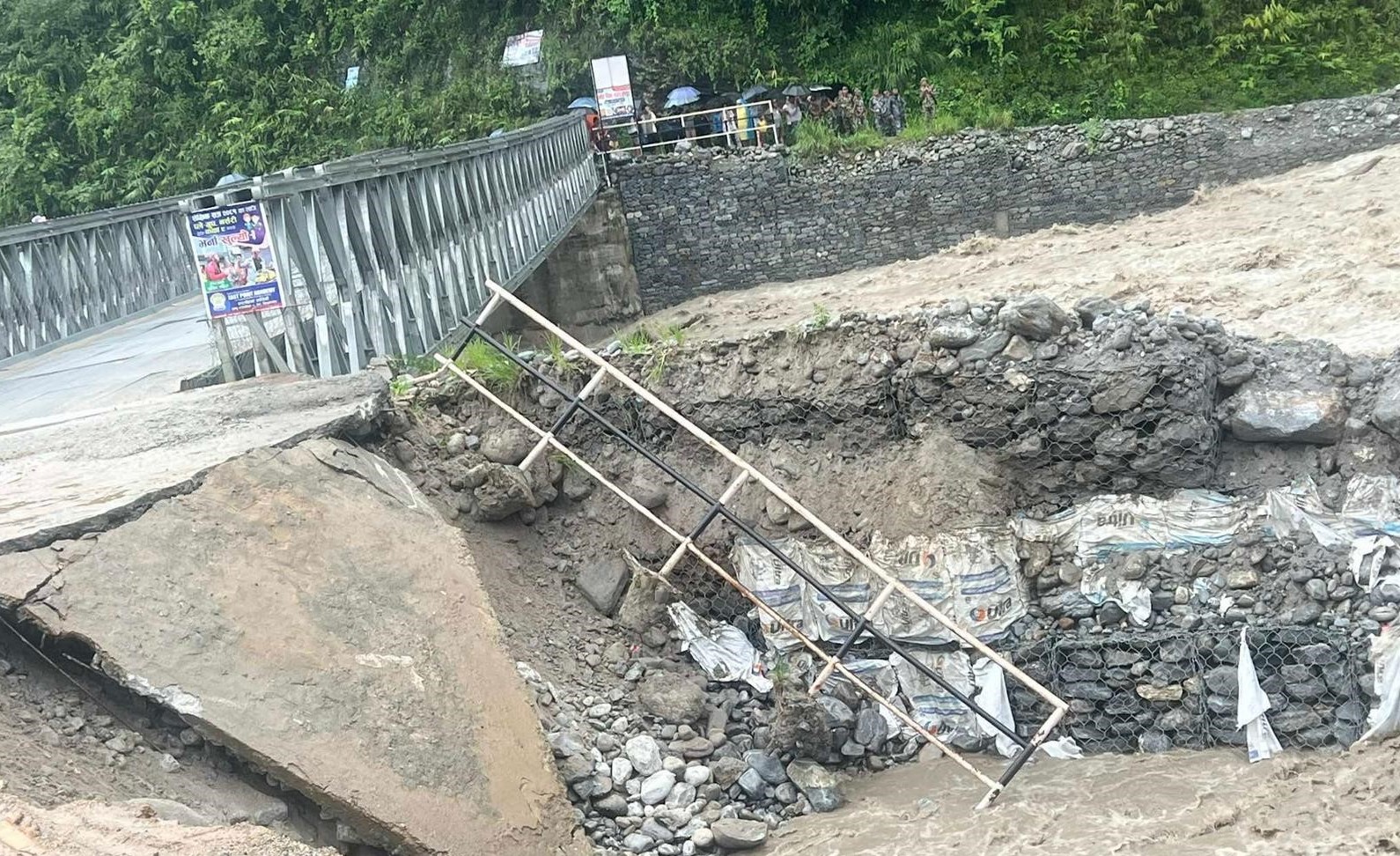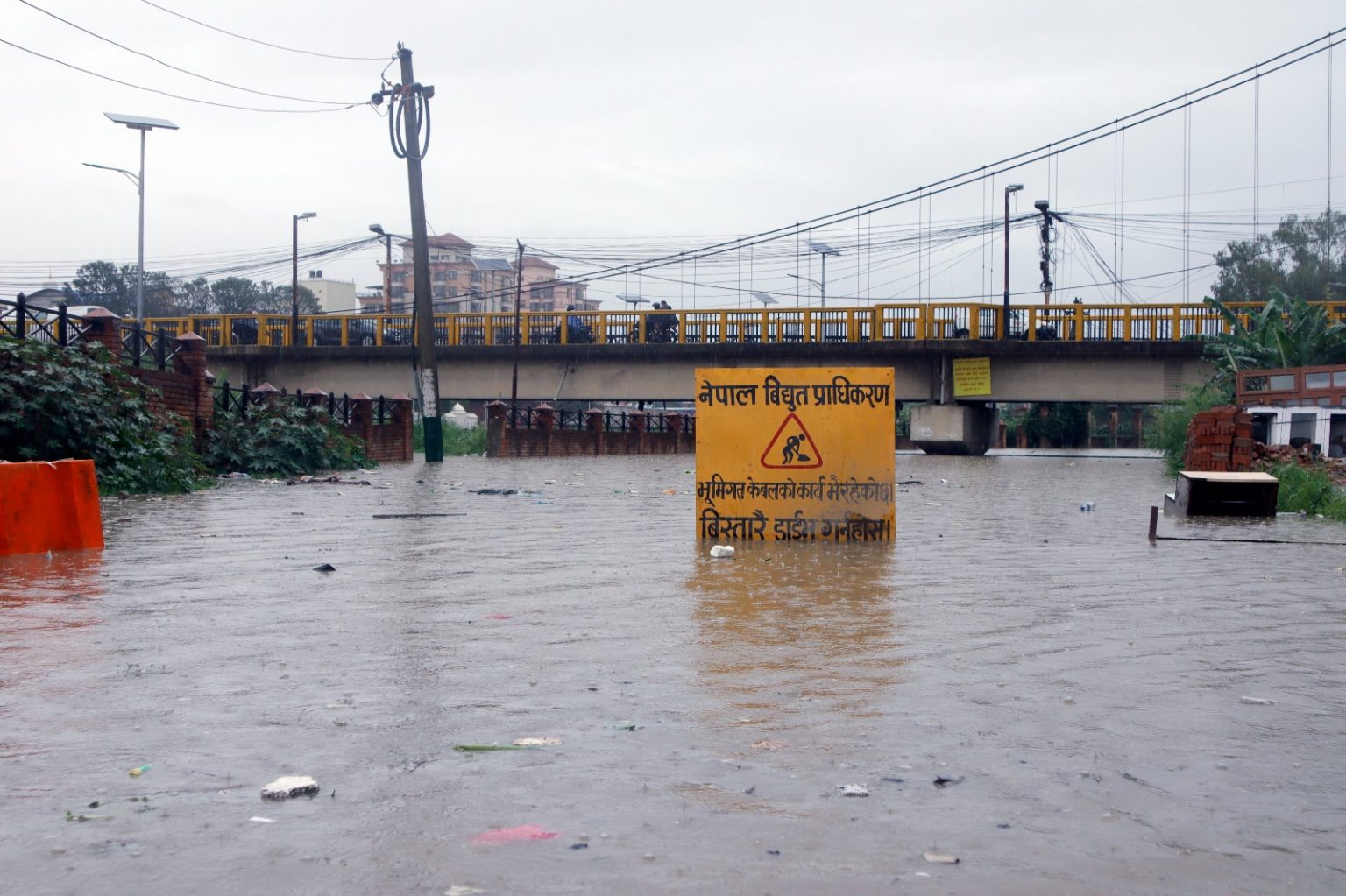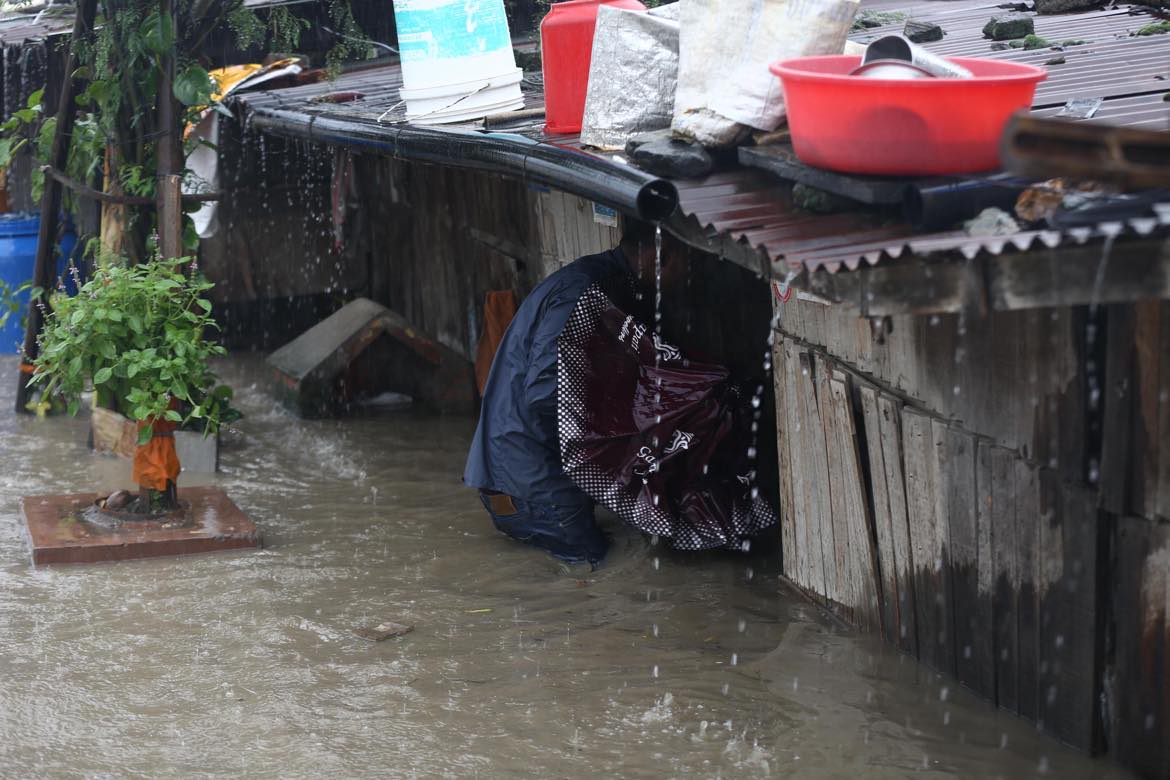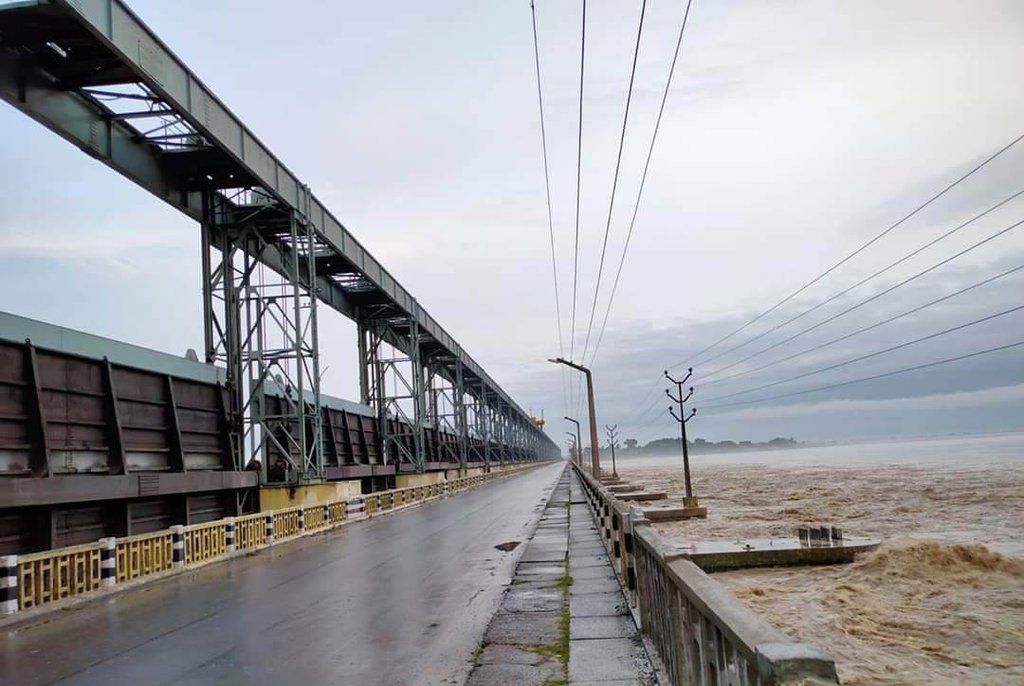Monsoon ravages Nepal: 45 deaths & 80 million in damages in 25 days
While the eastern regions had experienced a delayed arrival of the monsoon, they are now actively participating in the seasonal weather phenomenon alongside other parts of Nepal.
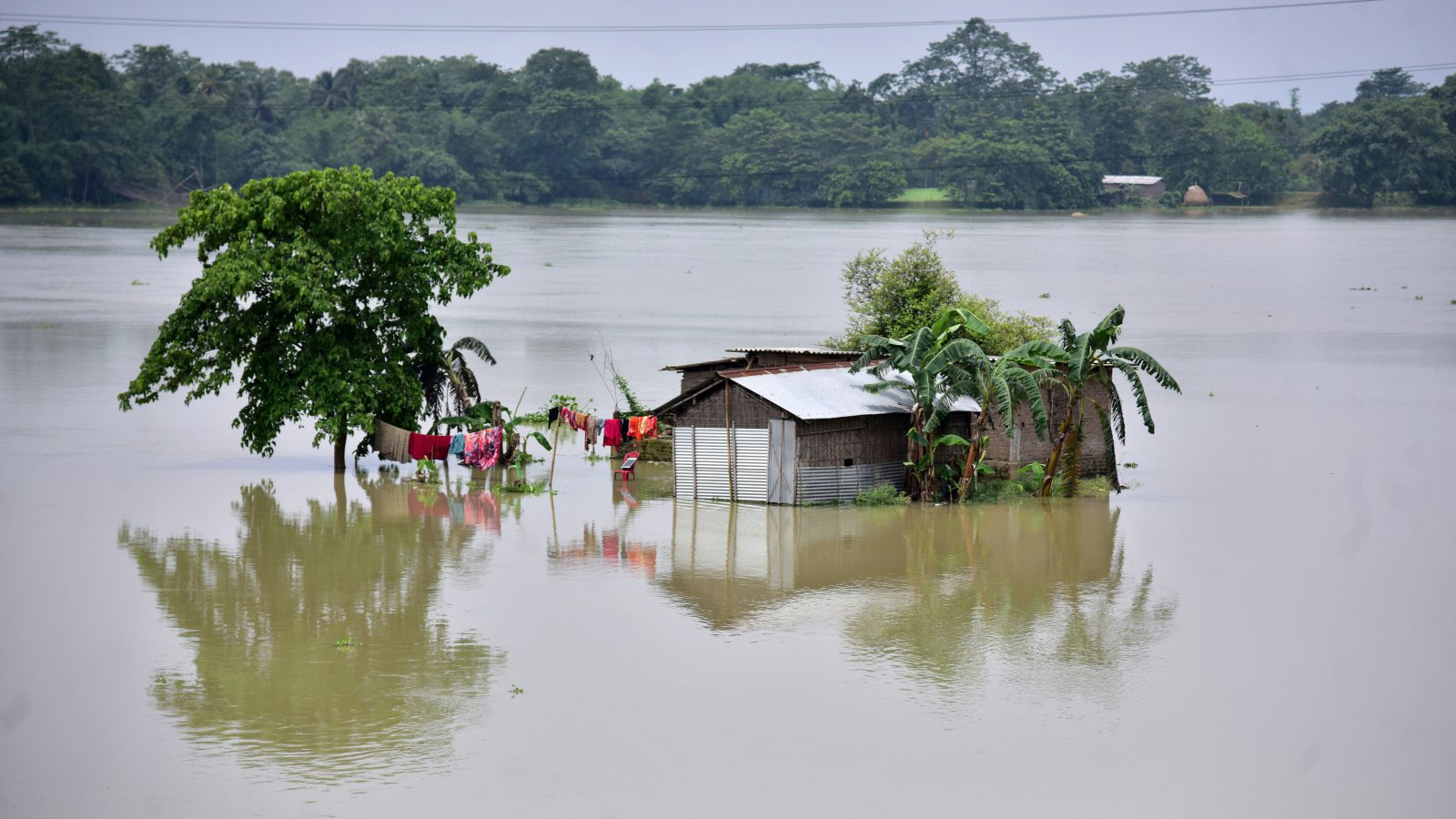
KATHMANDU: Since June 10, Nepal has witnessed the onset of this year’s monsoon season, marking a significant shift in weather patterns across the country.
While the eastern regions had experienced a delayed arrival of the monsoon, they are now actively participating in the seasonal weather phenomenon alongside other parts of Nepal.
Meteorologists have issued a cautionary statement predicting heavy rainfall in various parts of the country until the upcoming Sunday.
Dr. Dharma Upadhyaya, a prominent climate scientist, has emphasized the importance of heightened vigilance, particularly in regions identified as vulnerable to potential risks posed by the anticipated downpours in the months of Shrawan, Bhadra, and Ashadh.
“The monsoon’s timely arrival in eastern Nepal and its subsequent spread across the country is a significant meteorological event,” Dr. Upadhyaya stated. “However, the expected heavy rainfall poses risks that require proactive measures from governmental bodies at federal, provincial, and local levels.”
The Department of Hydrology and Meteorology (DHM) has identified specific areas at risk of floods, landslides, and other weather-related hazards during this period.
They have urged authorities to ensure preparedness and timely response mechanisms to mitigate potential damages.
“In light of the forecasted heavy rainfall, it is crucial for all stakeholders to remain vigilant and take necessary precautions,” said Dr. Upadhyaya. “This includes timely dissemination of weather alerts, proactive evacuation plans in high-risk areas, and reinforcement of infrastructure to withstand possible impacts.”
The DHM has recommended ongoing monitoring of weather updates and adherence to safety protocols issued by local authorities.
They have also advised the public to stay informed through official channels and to avoid unnecessary travel during periods of intense rainfall.
Government agencies at various levels have been instructed to coordinate closely and deploy resources effectively to minimize the monsoon’s adverse effects on communities and infrastructure.
Preparedness efforts are particularly focused on remote and mountainous regions prone to landslides and flash floods.
“We urge everyone to stay informed, stay safe, and collaborate closely with local authorities,” Dr. Upadhyaya concluded. “By working together, we can effectively manage the impacts of the monsoon and ensure the well-being of all Nepalese citizens.”
The DHM will continue to provide regular updates and advisories to the public as the monsoon progresses across Nepal in the coming weeks.


